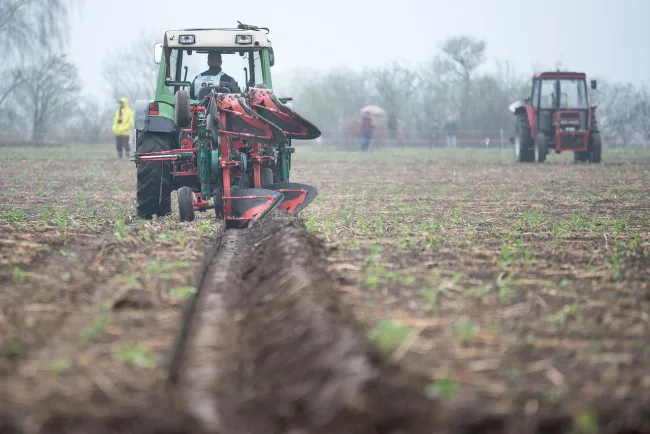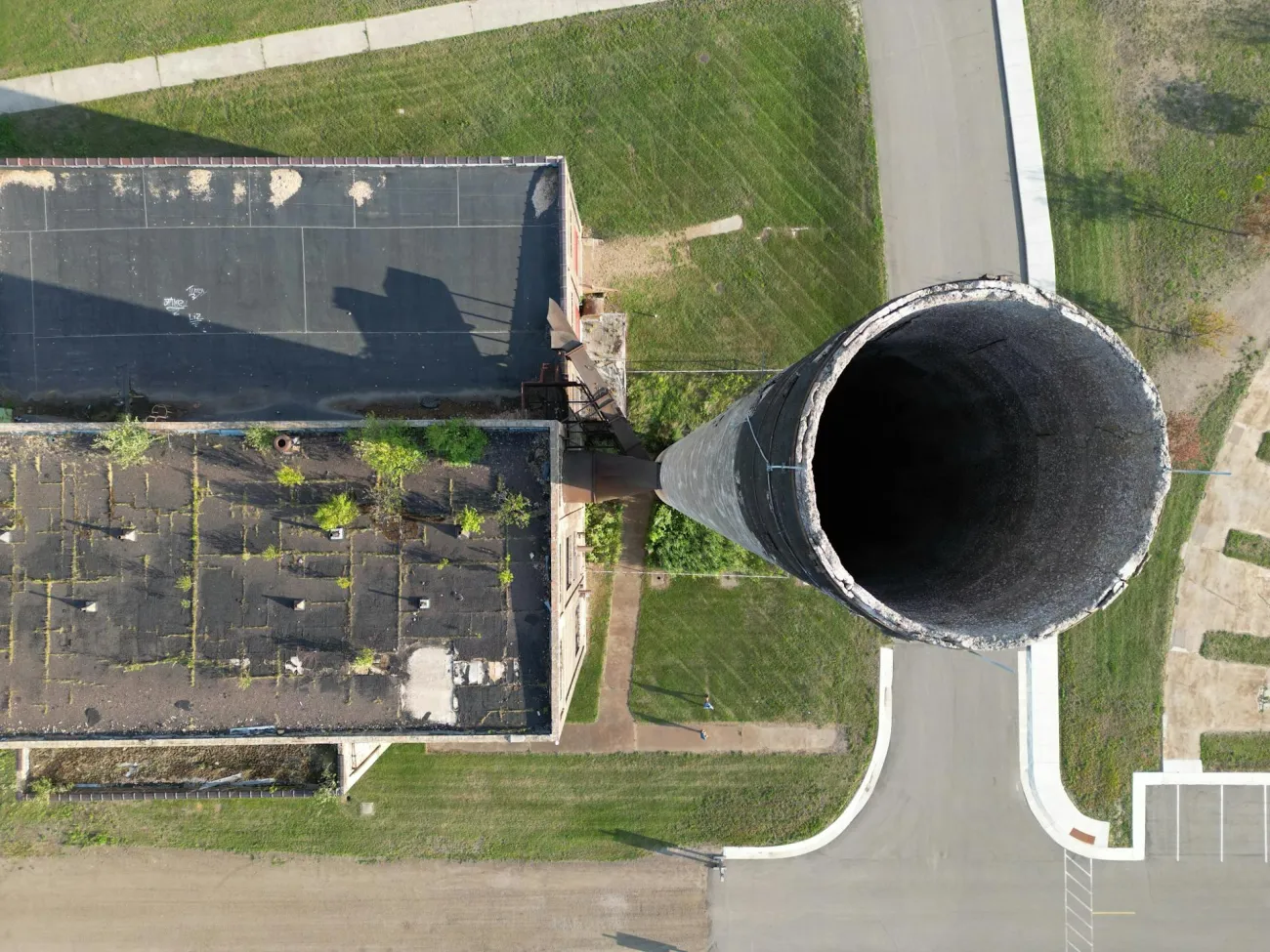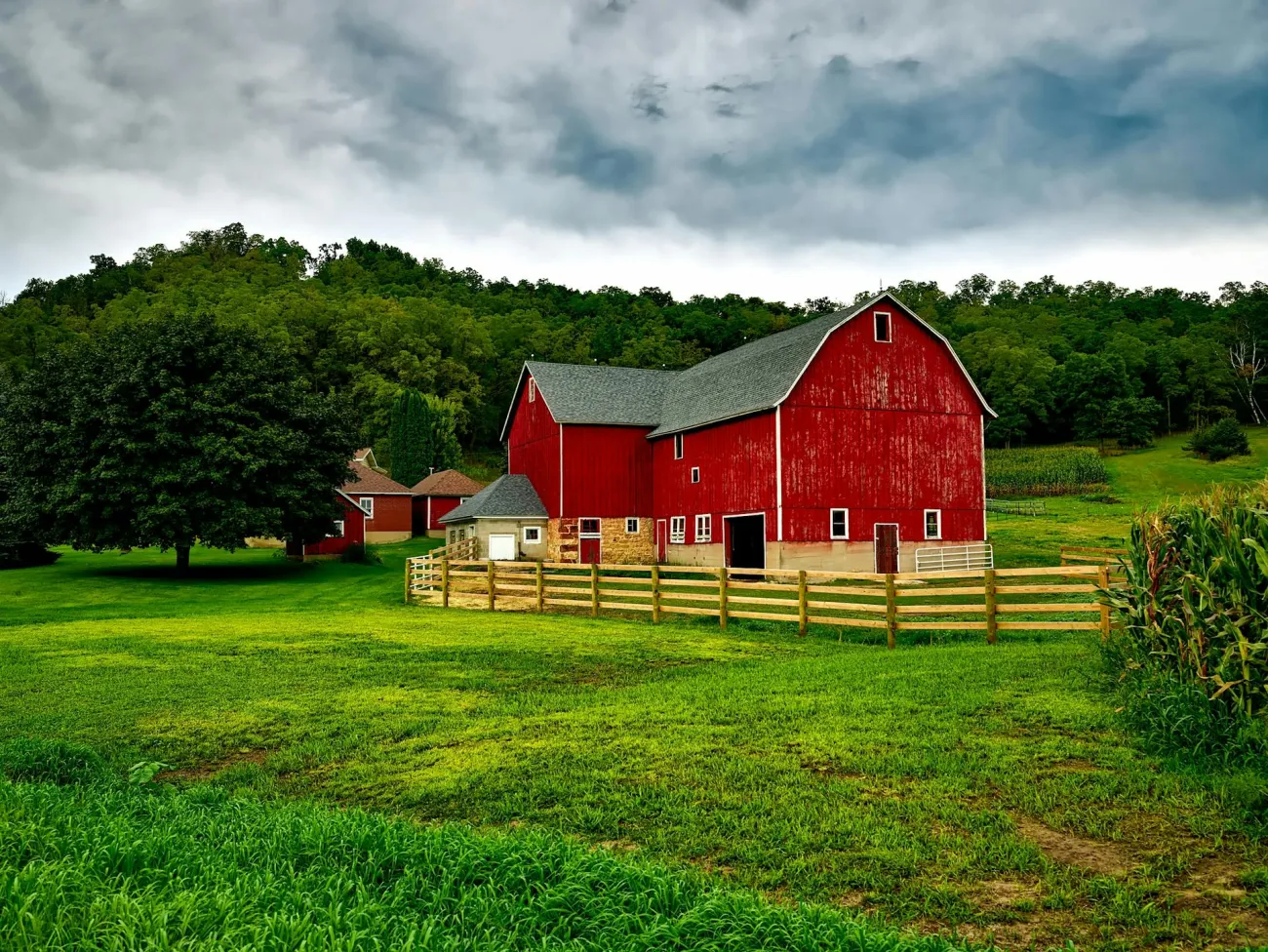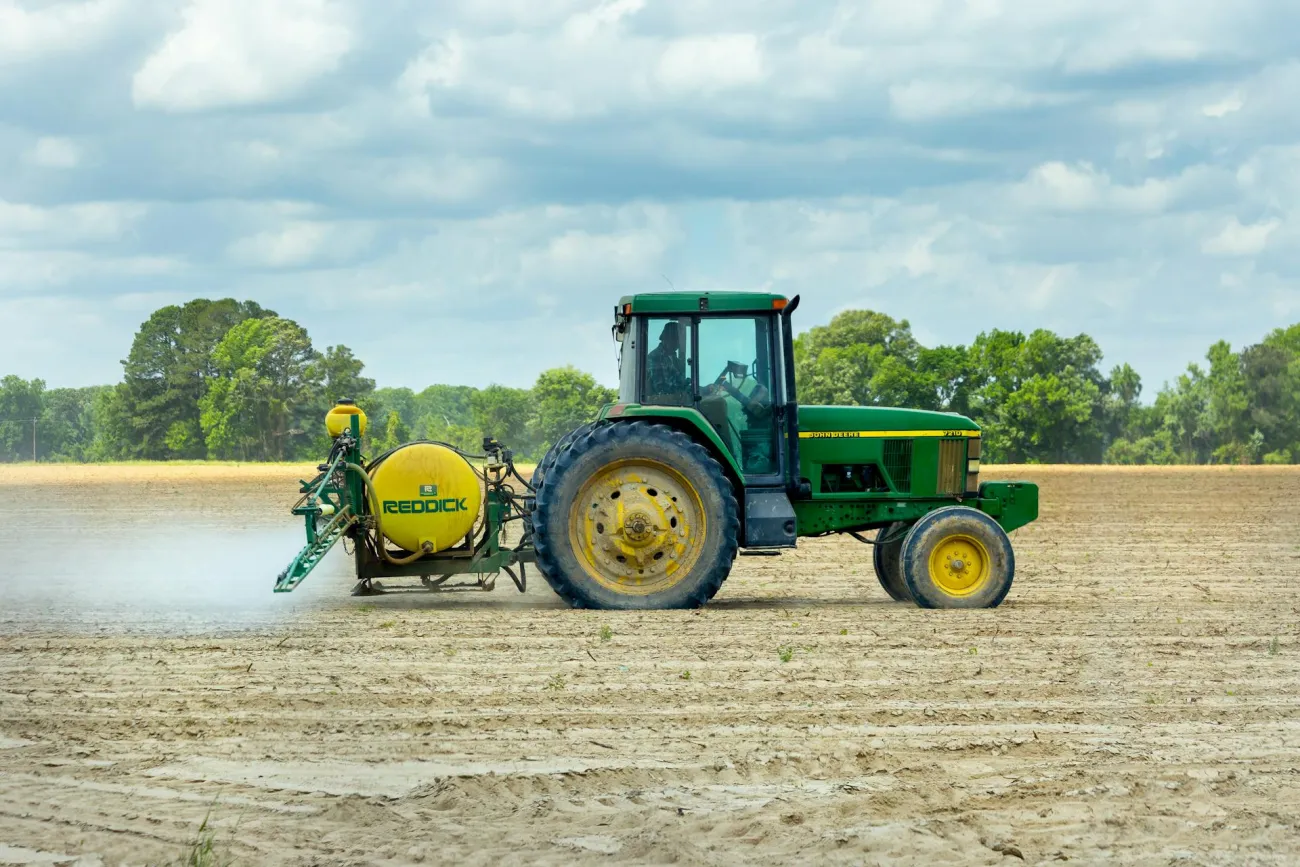Enhanced rock weathering (ERW) on UK cropland, i.e. adding crushed rocks to soils (read more about the process here), could sequester 6–30 MtCO2 yr−1 by 2050, providing up to 45% of the atmospheric carbon removal necessary to reach national net zero goals. ERW can also reduce nitrous oxide emissions from soils, reduce soil acidification (through formation of carbonate) and reduce fertiliser requirements (by increasing supply of phosphorus and potassium). The paper questions the need for energy-intensive milling of rocks into fine particles, finding that particles on sites with high weathering potential are weathered rapidly regardless of size.

Abstract
Achieving national targets for net-zero carbon emissions will require atmospheric carbon dioxide removal strategies compatible with rising agricultural production. One possible method for delivering on these goals is enhanced rock weathering, which involves modifying soils with crushed silicate rocks, such as basalt. Here we use dynamic carbon budget modelling to assess the carbon dioxide removal potential and agricultural benefits of implementing enhanced rock weathering strategies across UK arable croplands. We find that enhanced rock weathering could deliver net carbon dioxide removal of 6–30 MtCO2 yr−1 for the United Kingdom by 2050, representing up to 45% of the atmospheric carbon removal required nationally to meet net-zero emissions. This suggests that enhanced rock weathering could play a crucial role in national climate mitigation strategies if it were to gain acceptance across national political, local community and farm scales. We show that it is feasible to eliminate the energy-demanding requirement for milling rocks to fine particle sizes. Co-benefits of enhanced rock weathering include substantial mitigation of nitrous oxide, the third most important greenhouse gas, widespread reversal of soil acidification and considerable cost savings from reduced fertilizer usage. Our analyses provide a guide for other nations to pursue their carbon dioxide removal ambitions and decarbonize agriculture—a key source of greenhouse gases.
Reference
Kantzas, E.P., Val Martin, M., Lomas, M.R., Eufrasio, R.M., Renforth, P., Lewis, A.L., Taylor, L.L., Mecure, J.F., Pollitt, H., Vercoulen, P.V. and Vakilifard, N., 2022. Substantial carbon drawdown potential from enhanced rock weathering in the United Kingdom. Nature Geoscience, pp.1-8.
Read the full paper here. See also the TABLE explainer How can we reduce food-related greenhouse gas emissions?




Comments (0)